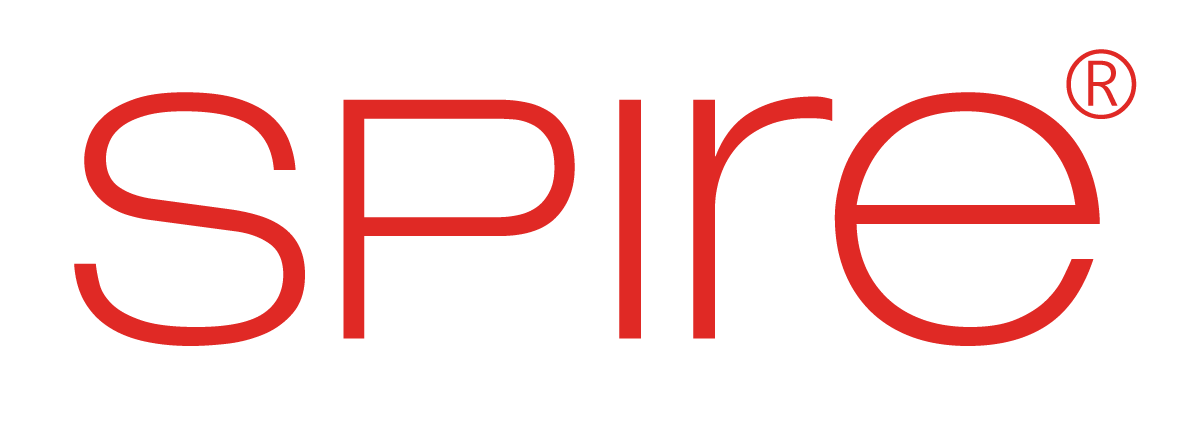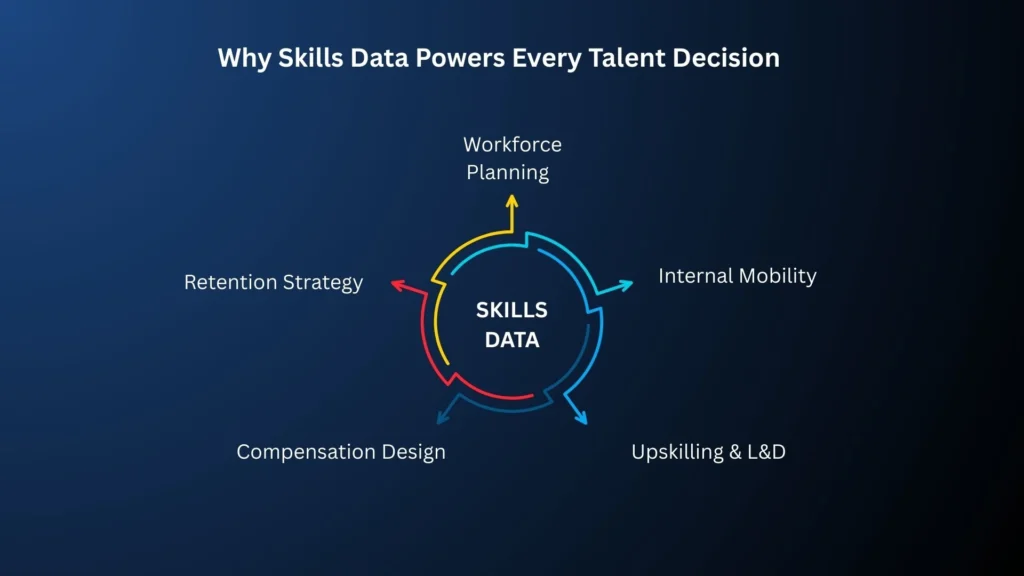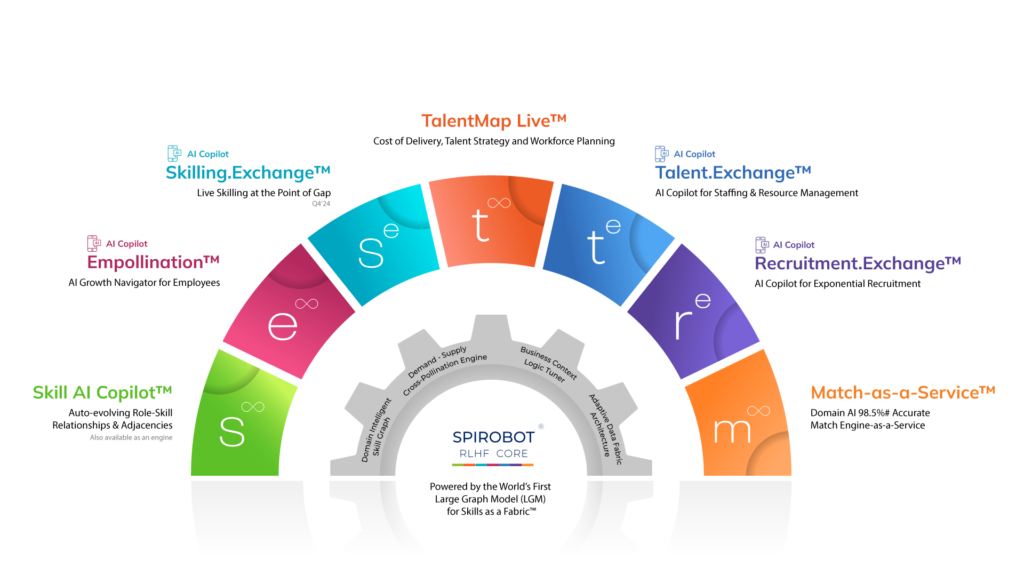In an economy where talent agility can define a company’s competitive edge, skills are emerging as the most valuable currency. But what happens when the very data organizations use to understand, manage, and mobilize their workforce is flawed, incomplete, or worse obsolete?
Outdated skills data is more than just an inconvenience. It’s a silent, systemic issue that introduces inefficiency, undermines workforce planning, and inflates the cost of talent decisions across hiring, skilling, and deployment. From missed opportunities in internal mobility to ballooning external hiring costs, inaccurate skills data quietly erodes organizational effectiveness from within.
This blog explores the true cost of outdated skills data and why addressing this problem is not a technology upgrade, it’s a business imperative.
Why Skills Data Is the Bedrock of Talent Strategy
Every major decision in talent management ultimately hinges on one critical variable: skills. Whether you’re planning future workforce capacity, launching a new business unit, designing leadership pipelines, or navigating digital transformation, the questions you ask are all variations of the same theme:
- Do we have the skills we need to succeed?
- Where are our capability gaps?
- Which teams are underutilized or ready to pivot?
- What skills will we need next quarter or next year, and how do we prepare for them?
Yet answering these questions with confidence requires something most organizations lack: a current, complete, and contextually accurate view of workforce skills.
Historically, skills have been treated as static attributes, captured in resumes, locked in job descriptions, or buried in performance reviews. This worked (to an extent) when job roles changed slowly and skill demand was predictable. But in today’s volatile landscape, where entire functions can be redefined within months, this approach falls painfully short.
Skills are now fluid, project-driven, and increasingly cross-functional. An employee who started the year as a front-end developer may now be leading design sprints, contributing to UX research, and mentoring junior coders. If your systems still define them by last year’s title, you’ve already lost sight of their potential.
That’s why skills data is no longer just a tactical input, it’s a strategic asset. When it’s live, contextual, and dynamic, it fuels smarter decisions across:
- Workforce planning – matching supply with anticipated demand
- Internal mobility – identifying hidden or emerging talent for new roles
- Skilling and development – closing capability gaps before they impact delivery
- Compensation design – aligning pay with market and role realities
- Retention strategy – recognizing and rewarding growth before talent walks away
In short, without accurate skills data, even the best-laid talent strategies remain incomplete. With it, organizations unlock the full potential of their people and their future.
The Most Common Failures Caused by Outdated Skills Data
Let’s break down where inaccurate or stale skill data directly impacts workforce decisions:
1. Delays in Internal Talent Deployment
Many companies struggle to identify qualified internal candidates for new initiatives not because the talent doesn’t exist, but because it’s hidden beneath outdated records. Managers either spend excessive time searching or bypass internal talent altogether, opting for external hires.
Impact:
- Slower project ramp-up
- Increased time-to-productivity
- Lower internal mobility and employee engagement
2. Misguided Hiring Investments
When workforce planners lack a clear view of internal skills, they tend to over-hire from outside. This leads to inflated talent acquisition costs and onboarding efforts that could have been avoided if the right internal match had been identified.
Impact:
- Higher recruitment spend
- Redundant skill duplication
- Missed opportunities for employee development
3. Ineffective Upskilling and L&D Programs
Learning initiatives often rely on assumptions or static role definitions rather than dynamic, validated skill needs. The result? Irrelevant training programs that fail to move the needle on business outcomes.
Impact:
- Wasted L&D budgets
- Poor learner engagement
- Inability to close critical skill gaps
4. Inaccurate Workforce Forecasting
Workforce planning relies on predicting future skill supply and demand. If current-state skills data is wrong, then any forecasting built on top of it is flawed causing over or under-hiring in key areas.
Impact:
- Strategic misalignment
- Suboptimal workforce mix
- Difficulty adapting to market shifts
5. Compensation and Job Leveling Errors
Without a current, contextual view of what roles actually require and what skills are being applied, organizations struggle to benchmark compensation fairly. This can lead to pay inequities, attrition, and poor morale.
Impact:
- Disengagement among high performers
- Inability to attract or retain critical talent
- Compliance and fairness issues
Why Static Skills Frameworks No Longer Work
Many enterprises still rely on outdated methods to track skills:
- Self-reported databases that are rarely updated
- Managerial input during performance reviews
- Periodic surveys or skill audits
- Rigid job architectures that don’t reflect evolving work
But skills don’t evolve on an annual cycle, they evolve continuously, shaped by projects, collaboration, certifications, and real-time market demand.
By the time most systems update skill profiles, the data is already obsolete.
Hidden Cost #1: Decision-Making Latency
A major consequence of poor skills visibility is the time lost in decision-making. HR leaders and business unit heads often resort to manual talent assessments or long cycles of consultation with line managers to determine capability availability.
Example: A tech firm delaying the launch of a new AI-driven product because it couldn’t quickly identify engineers with relevant ML and Python expertise even though several qualified employees existed across teams.
Time-to-decision is a critical business metric. When it lags, so does execution.
Hidden Cost #2: Talent Drain from Misalignment
Employees expect their employers to recognize and develop their skills. When internal systems fail to reflect what employees can do or how they’re growing, career pathways become unclear. High-potential talent may leave not due to lack of opportunity, but due to lack of visibility.
Example: A project manager who has been leading Agile transformations across regions is overlooked for a strategic digital initiative because their skills dashboard lists them only as a “mid-level manager.”
Talent loss due to misrecognition is one of the most preventable churn scenarios and one of the costliest.
Hidden Cost #3: Inefficiencies in Strategic Planning
Executives are increasingly being asked to align talent supply with future business needs. But if the current inventory of workforce skills is inaccurate or incomplete, any attempt to project future readiness becomes speculative at best.
This becomes a boardroom-level problem when companies miss critical market windows or face delays in transformation initiatives simply because their internal capability maps were outdated.
Example: A global logistics firm attempting to expand its digital operations miscalculates how many employees have experience with ERP cloud migrations. It outsources heavily, only to discover months later that a qualified internal talent pool existed buried under static role labels.
Hidden Cost #4: Redundant Spend in External Markets
When you don’t know what skills you have, you spend excessively trying to buy them.
Sourcing talent externally, especially in high-demand roles, is expensive. Yet it continues to be the default for many organizations. The reason? A lack of trust in internal skill data.
Example: A healthcare provider spends $1.2M on external consultants for a data transformation project. Post-project review reveals internal BI analysts with the right capabilities were underutilized.
In a time of economic pressure and tightening budgets, this kind of leakage is no longer tolerable.
A New Mandate: Dynamic, Live Skills Visibility
If outdated skills data is the silent killer of talent strategy, then dynamic, live skills visibility is the antidote.
The pace of change in today’s workplace leaves no room for manual tracking, static frameworks, or periodic audits. Skills are in constant flux shaped by daily work, new tools, evolving roles, peer learning, certifications, and even cross-functional collaboration. Capturing that dynamism requires a new approach, one that shifts from static snapshots to continuous skill sensing.
Dynamic skills visibility is the ability to:
- Continuously map what employees can do today, not what they could do six months ago.
- Surface emerging skills as they are being applied, not after a performance review.
- Track skill progression across projects, teams, and tools, not just across job titles.
- Contextualize skills based on real-world application, not self-reported claims.
This isn’t just about better HR data. It’s about transforming how organizations plan, deploy, develop, and retain their talent in real time.
Why Live Skills Visibility Is Now a Business Imperative
- Work Is No Longer Role-Bound
Employees today work across boundaries contributing to initiatives outside their core job functions. Traditional systems miss this entirely. Live skills visibility ensures organizations capture the full spectrum of capabilities being demonstrated on the ground. - Business Priorities Shift Overnight
Whether it’s a product pivot, a merger, or a market expansion, business needs change rapidly. With static skills data, organizations fly blind. Live visibility empowers HR and business leaders to immediately identify who can step into new challenges without delays or guesswork. - Talent Expectations Are Changing
Employees want their growth to be recognized continuously, not annually. They expect internal opportunities to match their evolving capabilities. When skill development is visible in real time, it becomes easier to reward growth, improve retention, and personalize career paths. - AI, Automation, and Reskilling Pressures Demand Agility
The half-life of skills is shrinking, especially in tech-driven industries. Organizations must be able to detect skill obsolescence early and respond with timely upskilling or redeployment. Live skills data enables early intervention and more intelligent workforce planning.
Without dynamic skill management, enterprises risk running talent operations on assumptions, not insights. But with it, they can unlock a workforce that’s agile, visible, and ready for what’s next.
Spire.AI: Live Skill Mapping at Enterprise Scale
For organizations ready to make this leap from static guesswork to dynamic precision, Spire.AI offers the infrastructure to do exactly that at scale.
Built on over 15 years of deep-tech R&D, Spire.AI’s Large Graph Model (LGM) for Skills maps more than 11 million interconnected skill nodes continuously evolving to reflect real-world role-skill dynamics. Unlike traditional systems that rely on predefined taxonomies or keyword tagging, the LGM for Skills understands how skills relate, cluster, and evolve across real-world roles, industries, and business contexts.
This intelligence powers Spire.AI’s Skills AI Copilot, an autonomous system that builds, updates, and validates employee skill profiles without requiring manual input. It listens to what employees actually do across your ecosystem, projects, certifications, assessments, learning tools, and performance systems and translates that into live, context-aware skill profiles.
Here’s what that unlocks for enterprise HR and talent leaders:
- Continuous, zero-input skill profiling: No surveys. No self-assessments. Just real, validated skill data, always current.
- Live workforce capability maps: Identify who can do what today, not what they could do last year.
- Proactive gap detection: Spot emerging gaps early and design skilling interventions with surgical precision.
- AI-driven workforce planning: Model future scenarios based on real-time skill supply not assumptions.
- Smarter internal mobility: Surface hidden talent and enable cross-functional moves based on verified skills.
- Optimized hiring and compensation: Match external market trends with internal talent realities to avoid overspending.
Instead of managing a skills database, HR leaders using Spire.AI manage a living talent intelligence system, one that evolves with the business and equips leaders to act.
With Spire.AI, organizations move beyond talent visibility toward talent orchestration, ensuring the right people with the right skills are always in the right place to drive impact.
Conclusion: Stop Managing Yesterday’s Skills
In the race to future-proof talent, organizations can’t afford to rely on yesterday’s data. Outdated skills visibility leads to costly missteps not just in HR, but across the business. From delayed product rollouts to unnecessary hires, the hidden costs quickly add up.
It’s time for a new approach. One that treats skills as living, evolving assets. One that recognizes that accurate data isn’t just about efficiency, it’s about unlocking growth, agility, and innovation.
The companies that win tomorrow will be the ones that know their people best today.
And that starts by seeing skills as they truly are – dynamic, data-rich, and always in motion.







